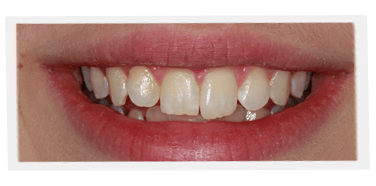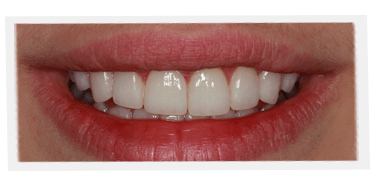
Cosmetic dentistry should not be taken lightly. It’s a journey that can take you through incredible emotions, helping you regain confidence and displaying you in the best light possible. That’s what I tell my patients when they come asking for the best porcelain veneers or bridges, or when they’re considering dental implants and want to understand their options. Below is a small excerpt from my book, A Guide to the Perfect Smile, regarding questions and expectations around cosmetic dentistry in Toronto. I trust you’ll find it insightful and entertaining.
“The Smile in History”
Some people mock those in search of a perfect smile. They regard them as being on a vain exploration for the fountain of youth. These practical types see their dentists as mouth mechanics to be visited for regular check-ups and repairs. As far as they are concerned, asking their dentists for a better smile would be like asking their mechanics to make their sagging vehicles as good as new.
Some patients who seek the help of dentists seem to be aware of this perception. They are almost apologetic when broaching the subject of fixing their smiles. I have always assured them that they are not asking for something frivolous. Far from it. I became more and more certain of the importance of smiles as I researched the scientific, anthropological, and historical literature. I found that the smiles is a universal reality across all time periods and races. It is a primary expression from birth. The “use” of smiles varies from culture to culture, but if people from various countries were shown a photograph of a happy, smiling dace, they would almost all agree on their interpretation of it. They would also concur in their interpretations of expressions of disgust, surprise, sadness, anger, fear, and contempt. Beneath all the complexity of humankind lies a core of basic emotional expression understood all over the world. Darwin said it best – that we all smiles in the same language.
I researched the smiles through the lens of evolution. It was clear that the main weapon in the arsenal of humankind in primate form were the hands and the mouth. Those with the most powerful jaws were at the top of the heap, because the more powerful the jaws, the better the hunting – and the control of one’s peers. Territorial dominance was best achieved by the exposure of a powerful snarl. Not surprisingly the jaws of early humans were larger than ours today. The smile would be seen with gaps, sharp, uneven incisors, and large, over-erupted canines. The purpose of jaws and teeth was not only to serve as a powerful weapons but also to help their owners chew foods that were tough in their raw, uncooked state.
As the human race developed, physical and sociological needs changed. We continued to have the same genetic response to strengths and authority. But now our focus on the jaws accorded primacy to those whose smiles were naturally, architecturally balanced in a flowing, curved face. Gone was the need for a large jaw and fearsome teeth. We weren’t looking for proof of aggressive power but for a feeling of community. This was a radical change. Where teeth were once used to keep people away, their function now was to attract them. The same genetic programming was in place. Our eye is genetically programmed to focus on the mouth for sociological cues. However, now the smile is seen to convey compassion, understanding, enjoyment, and affirmation.
Physiologists and psychologists agree that neurological aspects of the smile have psychological effects. People with strong, pleasing smiles are more successful in business. They do better in romance. Psychologist Robert Zajonc postulates that when a person smiles deliberately – even when feeling blue – the brain releases neurotransmitters that can override sadness. Studies by the psychologist Paul Ekman support this by showing the neurotransmitter effects of smiling. People who are sad or depressed feel better if they force themselves to smiles. According to Jane Lyle, author of the book Body Language, many experts believe that smiling and laughing are beneficial to people’s health. Ekman supports this theory, showing that even when unhappy people feign a smile, their heart rates slow down and their bodies become calmer.
Far from being vain or egocentric, people who contact their dentist for help with their smiles are being quite rational. In fact, as we will see in the following chapters, they are acknowledging the importance of design and aesthetic harmony in our nature and art.“



